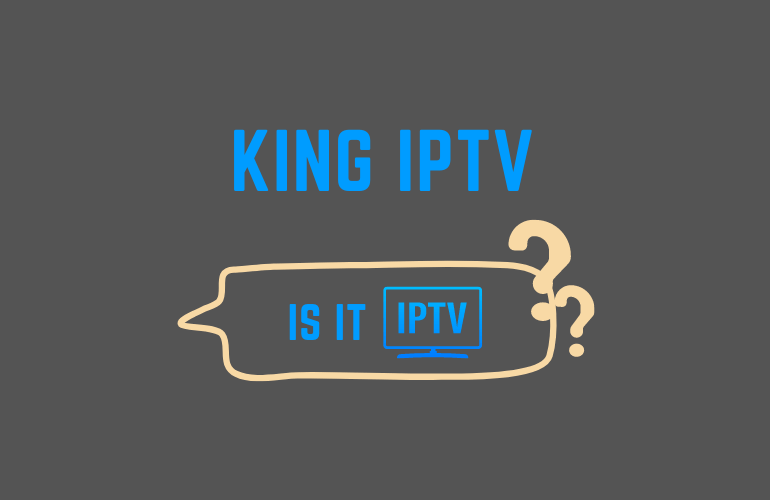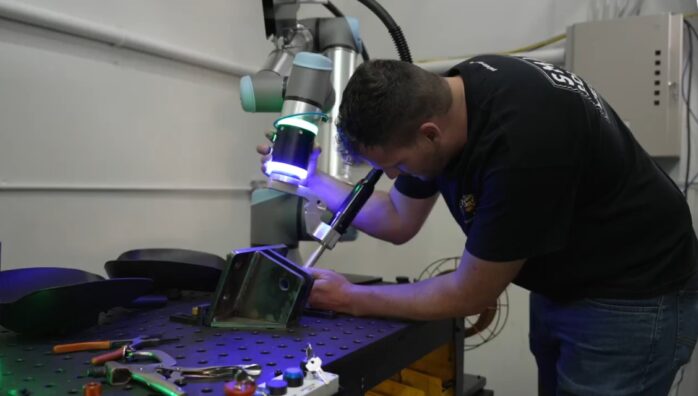Starting a company often feels like trying to assemble IKEA furniture without instructions. You know it’s worth it, but the process can leave you scratching your head. One of the most crucial steps is figuring out the costs involved in making your dream official. Let’s break it down into clear and simple terms so you know exactly what to expect when planning your financial adventure.
Key Points
- Company registration fees vary by country and type of entity.
- Additional expenses include legal services, tax consultancy, and permits.
- Hidden costs like translations or foreign currency fees can pop up.
- Budgeting ahead avoids surprises during the process.
- Partnering with experts simplifies and speeds up the process.
Company Registration: The Starting Point

Company registration marks the official beginning of your venture. In Poland, for example, foreign entrepreneurs often need extra support because of language barriers and unfamiliar legal systems. Services like MAGFIN Magdalena Smędzik’s make the process smooth, offering tailored advice for registering as a sole proprietorship or a limited liability company.
Costs here vary depending on the country, type of entity, and additional services. In Poland, expect to pay between €120 and €500 for registration fees alone. Local lawyers or consultants may charge anywhere from €300 to €1,500 to handle the paperwork.
Costs Breakdown: What Goes Into Your Budget

- Government Fees
The first cost you’ll face is paying the government for processing your paperwork. This includes:
- Registration fees: Typically €100 to €300 depending on the country.
- Trade license or business permits: Costs range between €50 and €1,000 based on the sector.
- Legal and Consulting Services
Hiring professionals ensures your documents are correct and compliant. Common expenses:
- Legal consultations: €200 to €800.
- Notary fees for certifying documents: Around €50 per document.
- Translations
For non-native speakers working in a foreign country, certified translations of your paperwork are a must. Costs typically range from €20 to €50 per page. - Virtual Office or Address
Many jurisdictions require an official business address, especially for limited companies. Renting a virtual office can cost between €10 and €100 per month.
Extra Costs You Might Overlook

- Tax Registration and Advisory
Beyond company setup, you’ll need a tax identification number and VAT registration. Hiring a tax consultant adds €100 to €500 to your bill. - Software and Digital Tools
Small but important, expect to pay for accounting software or other tools, which often cost €10 to €50 monthly. - Ongoing Compliance
Annual renewal fees for permits, certifications, or audits can add hundreds of euros each year.
Step-by-Step Guide to Budgeting
- Research Your Country’s Requirements
Every country has unique rules. Look into local legal fees, government charges, and mandatory permits. - Choose Your Business Structure
Sole proprietorships are cheaper but offer limited protection. Limited liability companies cost more upfront but are safer long-term. - Get Professional Support
Unless you’re a legal expert, services like MAGFIN can help you avoid mistakes and save time. - Plan for Hidden Costs
Factor in translations, currency conversion fees, and potential delays. - Set Aside Emergency Funds
Always have extra cash in case unexpected expenses crop up during the process.
Common Pitfalls to Avoid
- Skipping Legal Advice: Going solo may seem cheaper but could cost more in penalties later.
- Ignoring Permit Requirements: Some sectors demand specific licenses, so do your homework.
- Underestimating Timeframes: Delays can mean added costs like extra consultant hours or rushed services.
Comparison Table: Registration Costs by Region
| Region | Government Fees | Legal Services | Extras (Translation, Address) |
| Poland | €120 – €500 | €300 – €1,500 | €50 – €300 |
| UK | £12 – £100 | £500 – £2,000 | £50 – £500 |
| USA | $50 – $800 | $1,000 – $5,000 | $100 – $1,000 |
Pro Tips for Budget-Conscious Entrepreneurs
- Leverage Online Tools: Many countries offer online portals for faster, cheaper registration.
- Bundle Services: Some firms provide all-in-one packages, which often cost less than hiring separate professionals.
- Shop Around: Not all consultants charge the same. Compare rates before committing.
What to Expect After Registering Your Company
Once the paperwork is complete, the real work begins. You’ll need to set up systems to keep your operations compliant and efficient. Here’s what comes next:

- Open a Business Bank Account
Most countries require companies to have a separate account for transactions. Opening one often involves providing your registration documents, proof of address, and a deposit. Typical costs for maintaining accounts range from €10 to €50 per month. - Register for Taxes
If your business will deal with VAT, corporate tax, or employee income tax, make sure everything is in order. Missing deadlines here can lead to fines. Tax consultants or accountants may charge €100 to €500 for initial setup. - Get Insurance
Depending on your field, professional liability insurance may be necessary. This could cost anywhere from €200 to €2,000 annually. - Plan Marketing and Branding Costs
Once you’re officially up and running, think about how you’ll attract clients or customers. Setting aside €500 to €5,000 for marketing campaigns is common for startups.
Is Outsourcing Worth It?

Many entrepreneurs wonder if outsourcing parts of the registration process saves time or adds unnecessary expense. The truth lies in balancing your expertise with the complexity of your setup.
- When to Outsource
If you’re operating in a foreign country or forming a limited liability company, hiring professionals like lawyers or consultants is wise. They handle legal requirements, reduce errors, and expedite approvals. - DIY for Simpler Setups
Sole proprietorships or small ventures in your home country may not require external help. Using online registration portals or government guides often works for straightforward cases. - Weighing Costs vs. Time
Outsourcing reduces stress but comes at a price. Compare the value of your time against the professional fees to see what works best.
Outsourcing may feel like a splurge, but for complex or international ventures, it ensures smooth sailing from day one.
Conclusion
Registering a company might sound overwhelming, but with the right support and a well-prepared budget, it becomes manageable. Plan for mandatory fees, professional services, and unexpected extras. Whether you’re starting a sole proprietorship or a limited liability company, getting expert help saves time and money.

















































